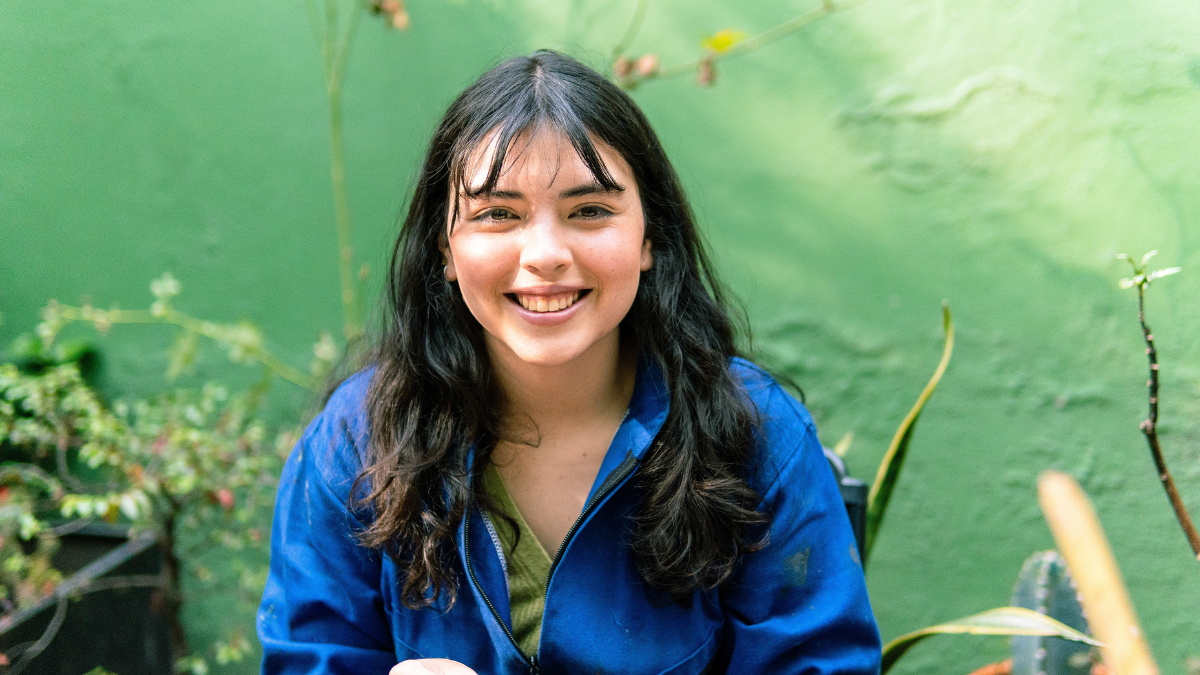Living a crunchy lifestyle—natural, sustainable, intentional—often comes with the assumption that it must also come with a hefty price tag. In a world obsessed with convenience, disposability, and consumerism, it can feel like you have to choose between eco-consciousness and frugality.
But that’s a false dichotomy. With a bit of creativity and a willingness to learn, it’s absolutely possible to live a crunchy life that’s also budget-friendly. In fact, some of the most fulfilling aspects of this lifestyle come from the things that save money and reduce waste.
Invest in Skills, Not Stuff
One of the most valuable decisions I’ve made is to invest in skills rather than products. Learning to ferment vegetables, mend clothes, garden, or even forage—these aren’t just quaint hobbies. They’re empowering, money-saving, deeply satisfying practices that create less waste and more connection to your daily life.
Each year, I try to learn a couple of new self-reliant skills. Not only does this reduce my dependence on store-bought goods, but it also helps me stay aligned with the crunchy values of sustainability and simplicity.
Cook From Scratch (Almost Always)
Cooking at home is one of the most underrated superpowers when it comes to saving money and eliminating unnecessary packaging. It’s astonishing how quickly small purchases—$7 here, $12 there—can eat up your budget.
Instead, I make things like hummus, salad dressings, sauces, and snacks from scratch. Not only do they cost less, but they taste fresher and contain far fewer preservatives. One of my favorite resources for vibrant, plant-based recipes is Rainbow Plant Life—especially if you’re into vegan or gluten-free options.
Rethink Bulk Buying
We’ve all been told that buying in bulk is the pinnacle of smart shopping. But in reality, that’s not always the case. Sometimes the most frugal (and sustainable) choice is to simply buy less—less food, less stuff, fewer things “just in case.”
Being intentional with purchases means only acquiring what you need, when you need it. That often leads to sourcing things second-hand, borrowing from friends, or getting creative with what you already have. And honestly? Kids don’t need a Pinterest-perfect Montessori setup. A wooden spoon and a pot can entertain a toddler just as well as a $40 wooden toy.
Tap Into Your Community
One of the best things I ever did was join a local Buy Nothing group. It’s an amazing way to give and receive freely—whether it’s a pair of shoes your child just outgrew or a blender that’s been gathering dust. These local gift economies are a beautiful reminder that community support can replace consumer spending more often than we think.
Use Your Appliances Wisely
Slow cooking is a well-known method for coaxing flavor out of tough cuts of meat, but it’s also a stealthy money-saver. I use an Instant Pot for everything—dried beans, chicken stock, baby food. It’s not just cheaper; it’s also more energy-efficient.
Thrift With Purpose
Thrifting isn’t just about nostalgia or aesthetics—it’s a lifestyle choice that pays off in multiple ways. Not only is it gentler on the planet, but it also helps you dodge the toxic chemicals often found in new clothes (not to mention all the packaging).
When you know where to look, thrifting can become an art form. Vintage gems, quality basics, and quirky statement pieces are all just waiting to be found—and you won’t have to shell out full retail prices.
Keep Baby Essentials Minimal
Baby gear can quickly become a black hole for money. But most of it? Completely unnecessary. Some of the best-loved toys in our household are things we already had: a metal mixing bowl, a wooden spoon, a DIY windmill made from scrap parts. Kids don’t need more—they need meaningful.
When it comes to clothing and gear, I rely heavily on garage sales, Facebook Marketplace alerts, and second-hand swaps. It’s not just more affordable—it’s a form of resistance against fast fashion and overconsumption.
Living a crunchy life doesn’t mean emptying your wallet at the health food store or shelling out for every eco-trend on Instagram. It means slowing down, thinking differently, and finding joy in doing things yourself. When you combine sustainability with simplicity, frugality naturally follows.
In the end, being crunchy and being frugal aren’t opposites—they’re partners in a life that’s more mindful, more connected, and a lot more fun.

